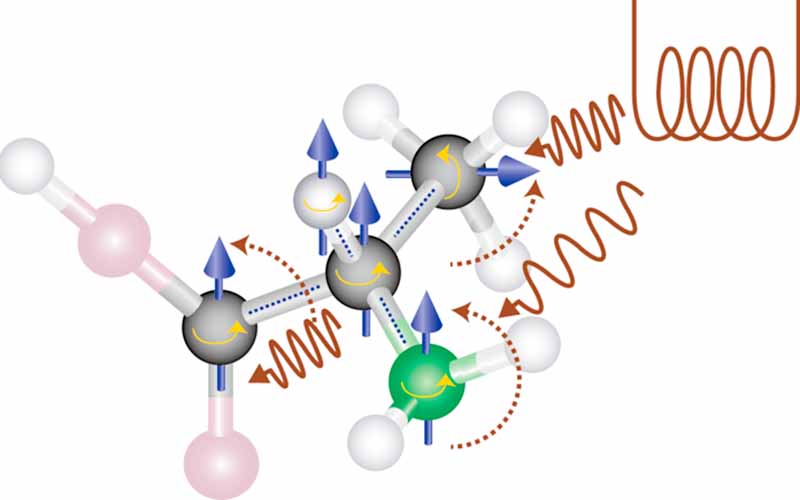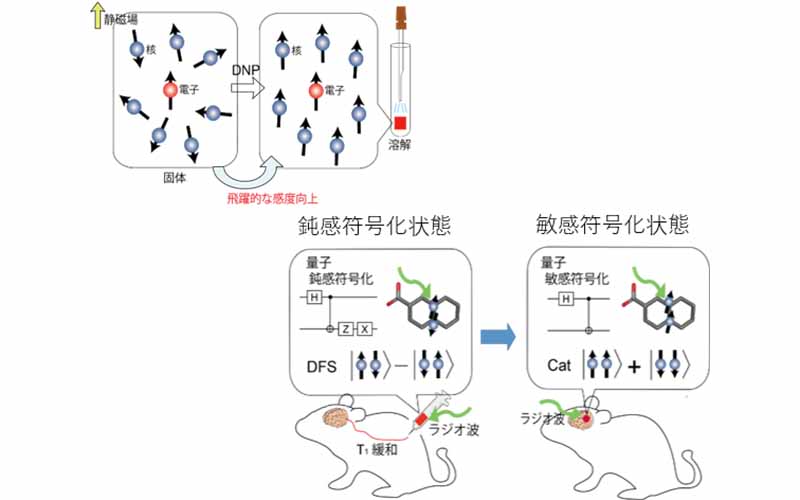We study quantum information and magnetic resonance (NMR, ESR, MRI). As an invited associate professor in the Division of Advanced Electronics and Optical Science, Graduate School of Engineering Science, Osaka University, I am closely collaborating with Kitagawa and Fujii labs. If you are a student or a company interested in working with me after seeing my research, please contact me.
Development of Microwave Devices for Controlling Superconducting Quantum Bits
Superconducting qubits and electron spin qubits are controlled by microwave pulses of several GHz to 20 GHz.
We are developing inexpensive, compact, and flexible microwave devices and conducting experiments to actually control qubits.
Participating projects:
Cabinet Office Moonshot Target 6 Error Tolerant General Purpose Quantum Computer “Development of Integration Technology for Superconductive Quantum Circuits”.
JST “Quantum Software Research Center” for the Open Innovation Platforms for Industry-academia Co-creation (COI-NEXT).
Related achievements:
arxiv1911.04314, https://meetings.aps.org/Meeting/MAR22/Session/B35.7

Quantum machine learning is machine learning using quantum computers.
Algorithms that will work on quantum devices in the near future include quantum circuit learning, quantum extremal learning, quantum reservoir computation, and quantum kernel learning.
We are studying its implementation in an NMR quantum computer that uses nuclear spins in molecules as quantum bits.
Click here for the slides.
Related Publications:
arxiv1911.12021, arxiv1806.10910

Nuclear spins are usually oriented in different directions, which is the reason for the low sensitivity of NMR and MRI.
Although the orientation can be aligned at low temperatures, the equipment required to do so is extensive.
The triplet DNP method, in which a sample is illuminated with light to create a photoexcited triplet state with aligned electron spins, which are then transferred to nuclear spins, can be aligned at room temperature.
In 2014, we achieved 34% polarization (fraction of aligned spins) in room temperature solids using this method.
We are working on achieving higher polarization rates and applying the method to a variety of molecules.
Related Achievements:
Proc. Natl. Acad. Sci. USA 2014

We have developed a room-temperature dissolution triplet DNP technique to produce highly polarized liquid by dissolving a sample whose nuclear spins are aligned at room temperature with hot water by triplet DNP.
Since the sensitivity of NMR signals and MRI is proportional to the polarization ratio, this liquid enables ultra-sensitive measurements.
We are conducting research to apply this to drug discovery and medical diagnostics such as determining the effectiveness of cancer treatments.
Click here for a video presentation by Prof. Kitagawa, the representative of the participating CREST project.
A measurement method that uses controlled qubits as sensors is called quantum sensing.
With two or more qubits, the state can be encoded into a quantum entangled state, making it sensitive to the quantity you want to measure or insensitive to the quantity you do not want to measure.
We are studying applications of quantum sensing with quantum encoded nuclear spins.
Related Publications:
arxiv1908.08699
HOMEResearch Overview